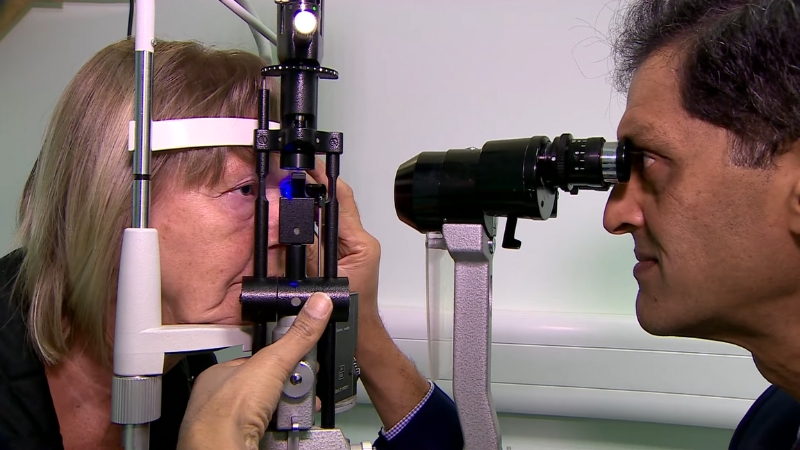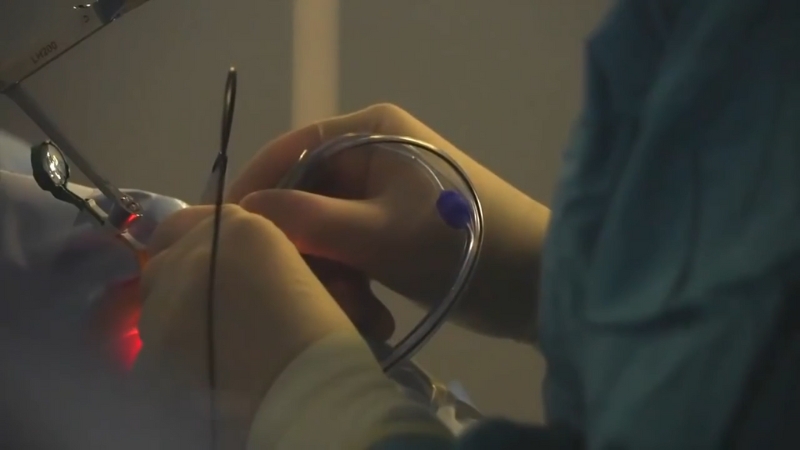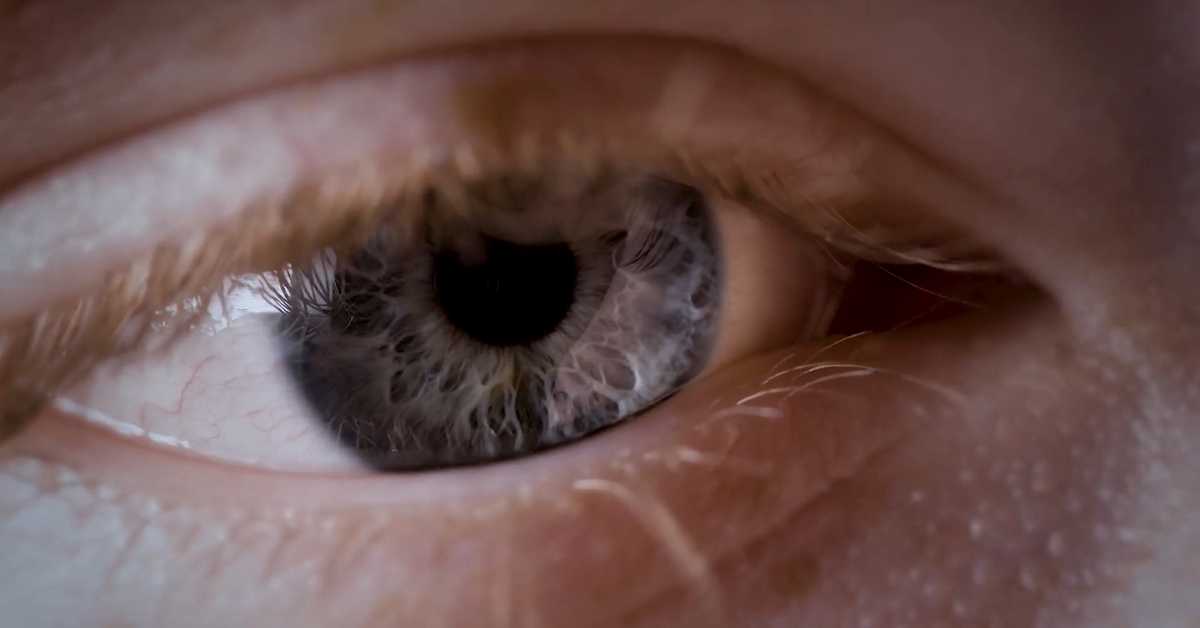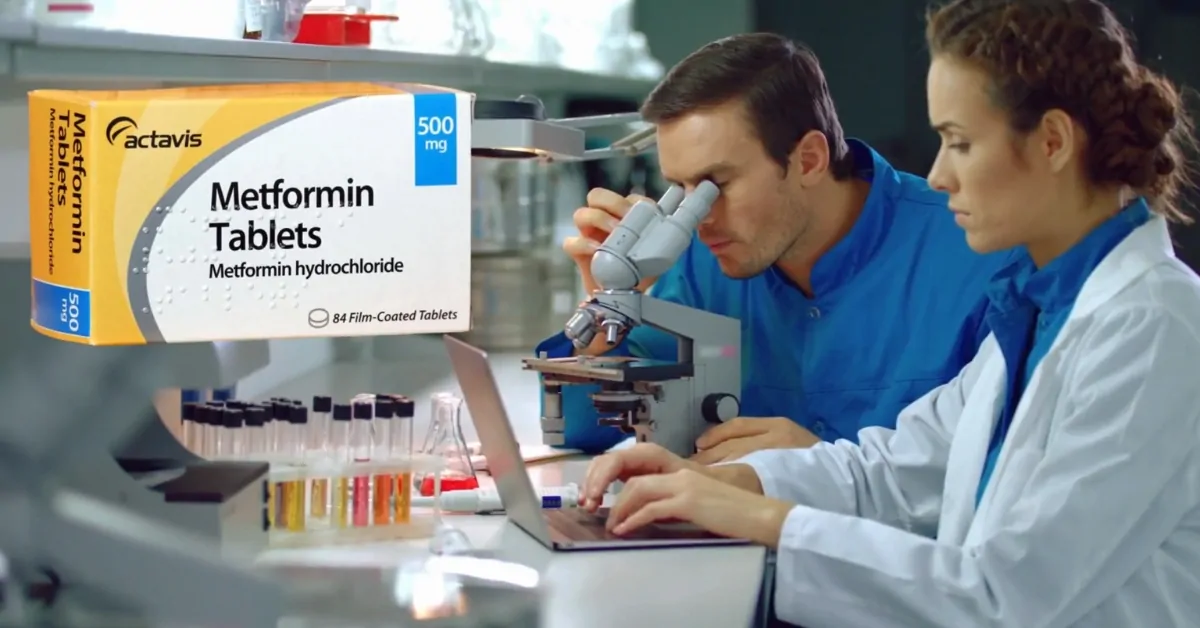For most of us, sight is something we barely think about: the simple act of focusing on a friend’s smile, checking the rearview mirror while driving, or spotting the next line on a screen.
But for millions of older adults living with age-related macular degeneration (AMD), the center of the world is simply missing. Vision blurs, warps, collapses into a washed-out patch where faces and words used to be.
And it usually never comes back.
So when I first read the early results of a new human clinical trial, one that suggests a stem-cell-based procedure may actually restore vision damaged by dry AMD, I had the same reaction most scientists apparently had: wait… is that even possible?
According to the research team behind the trial, the answer might finally be yes.
Table of Contents
ToggleA Treatment AMD Patients Have Needed for Decades
Today’s AMD therapies don’t reverse damage. At best, they slow the decline. Many people still lose their central vision completely over time, especially with the “dry” form of the disease, a version affecting about 80 percent of all AMD cases.
What makes dry AMD so devastating is how quietly it progresses. Tiny deposits of fat and protein (called drusen) build up beneath the retinal pigment epithelial cells, starving and destroying them. Once these cells die, the retina loses the support it needs to process light.
This new treatment aims to change that by replacing those lost RPE cells altogether.
Not repairing.
Not stabilizing.
Replacing.
To be honest, the idea sounds almost too elegant for how complex the eye is:
But in medicine, the difference between a beautiful idea and a safe, effective therapy is often measured in decades. This is the first time this specific technique has ever been tested in human beings.
Inside the Trial: Six Volunteers, One Experimental Procedure
The researchers began cautiously. After screening eighteen potential candidates, they selected six participants, all aged 71 to 86, all diagnosed with dry AMD.
Half the group had extremely poor vision, in the range where they could barely read the first line on an eye chart (20/200 to 20/800). The others had moderate but clearly deteriorating sight.
Each participant received a single injection containing 50,000 stem-cell-derived RPE cells, delivered under the retina in their most impaired eye.
In lab tests, these cells had already shown stability: they didn’t mutate, didn’t turn into tumors, and behaved like real retinal cells.
Still, once you put them into a human eye, there’s no guarantee.
But the results didn’t just show safety, they showed promise.
What Happened After Treatment Shocked the Researchers

One year later, something remarkable happened: Every participant began to see better in the treated eye… and only in the treated eye.
The three patients who had the most severe vision loss gained an average of 21 more letters on an eye chart, a level of improvement the researchers themselves didn’t expect.
To put that into perspective: for someone living in the fog of advanced dry AMD, that’s the difference between barely identifying shapes and being able to read again.
Rajesh Rao, the ophthalmologist leading the trial, put it bluntly:
“We were surprised by the magnitude of vision gain… This level of vision improvement has not been seen before in patients with advanced dry AMD.”
The early phase of the trial was focused primarily on safety, so the fact that these vision gains appeared at all, and appeared consistently, is something close to astonishing.
And critically:
The only issues were typical for eye surgery, not specific to the therapy.
Where the Research Goes Next

The trial is now testing higher doses, 150,000 and 250,000 cells, to see whether the effect scales. If those levels prove safe, the next stage will expand to more patients, eventually building toward the large-scale phase 3 trials required before approval.
This treatment is not available to the public yet. It is not a cure. It is not guaranteed.
But for the first time, researchers are seeing something that almost no AMD therapy has achieved: actual regeneration of lost retinal support cells, and measurable recovery of sight.
The work, published in Cell Stem Cell, marks a turning point. Not because the treatment is ready, but because it showed that the eye can accept donor stem cells and actually use them.
That alone is a major scientific leap.
A Personal Reflection: Why This Matters More Than Headlines Suggest
Breakthrough: Surgeons Restore Sight to Certain Blind Patients Using Their Own Stem Cells
American surgeons have successfully restored eyesight to a handful of people who suffered blinding eye injuries through the use of a new form of stem cell therapy.https://t.co/l8HjhmN75y— Daniela Collins (@romans11732) March 20, 2025
Every health breakthrough arrives with a wave of excitement, but also a sigh of caution. Vision research is especially vulnerable to over-hyped promises, gene therapies, implants, miracle supplements, you name it.
But this one is different.
As someone who has had family members struggle with degenerative eye diseases, I’ve seen how cruel AMD can be. The slow shrinking of the visible world. The fear of losing independence. The quiet grief of no longer recognizing faces clearly.
Even details we take for granted, like the rarity of hazel eyes compared to more common shades, gain new weight when vision begins to fade.
To imagine a future where a simple injection could restore what was lost, even just a portion, is something that once lived only in science fiction.
Now it’s in a medical journal.
And if the early results hold, it may eventually be in operating rooms around the world.
Related Posts:
- Can You Really Become a Nurse in Just 12 Months? 5…
- What the Latest Reports Say About Stress in America
- A Common Diabetes Drug May Boost Women’s Chances of…
- Scientists Uncover 580,000-Year Climate Record That…
- Stomach Cancer - Survival Rates and the Importance…
- Urgent Care vs. Emergency Room - Costs, Speed, and…







